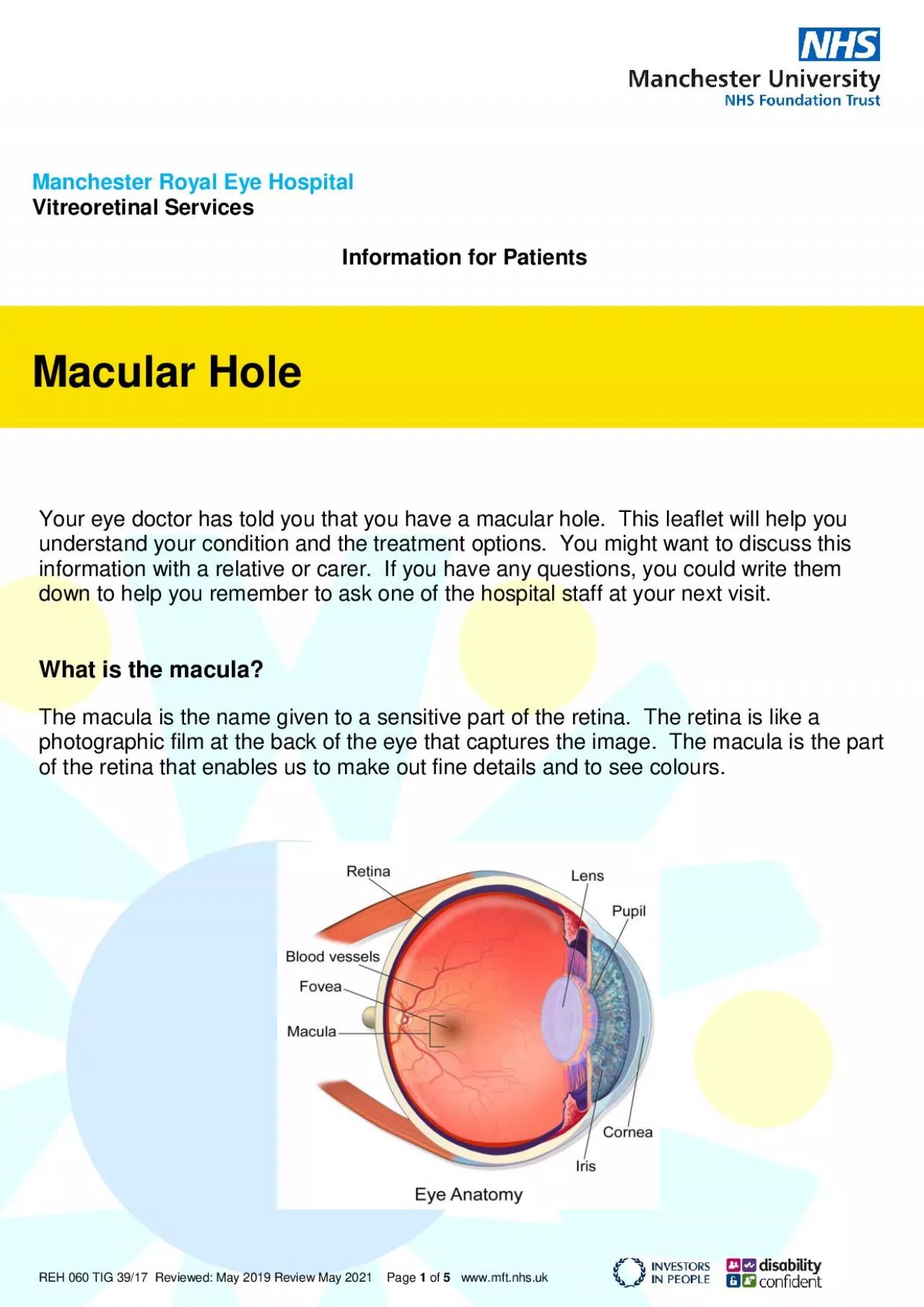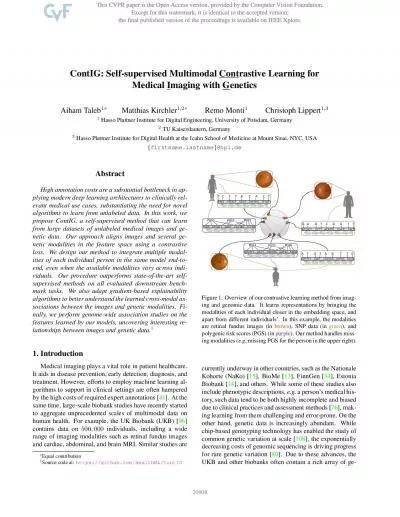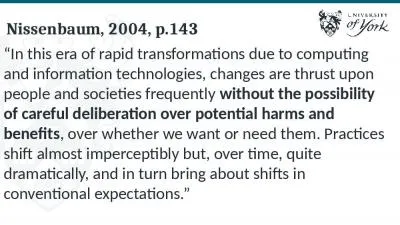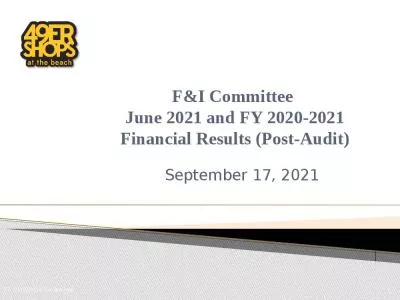PDF-May 2019 Review May 2021
Author : isabella | Published Date : 2022-08-26
REH 060 TIG 3917 R eview ed Page 1 of 5 wwwmftnhsuk Manchester Royal Eye Hospital Vitreoretinal Services Information for Patients Macular Hole Your eye doctor has
Presentation Embed Code
Download Presentation
Download Presentation The PPT/PDF document "May 2019 Review May 2021" is the property of its rightful owner. Permission is granted to download and print the materials on this website for personal, non-commercial use only, and to display it on your personal computer provided you do not modify the materials and that you retain all copyright notices contained in the materials. By downloading content from our website, you accept the terms of this agreement.
May 2019 Review May 2021: Transcript
Download Rules Of Document
"May 2019 Review May 2021"The content belongs to its owner. You may download and print it for personal use, without modification, and keep all copyright notices. By downloading, you agree to these terms.
Related Documents








![[DOWNLOAD] - 2019-2021 Academic Planner: Large Two Year Monthly Planner with Inspirational](https://thumbs.docslides.com/902349/download-2019-2021-academic-planner-large-two-year-monthly-planner-with-inspirational-quotes-and-black-cover-july-2019-june-2021.jpg)





